Average Weight Of A Fire Truck
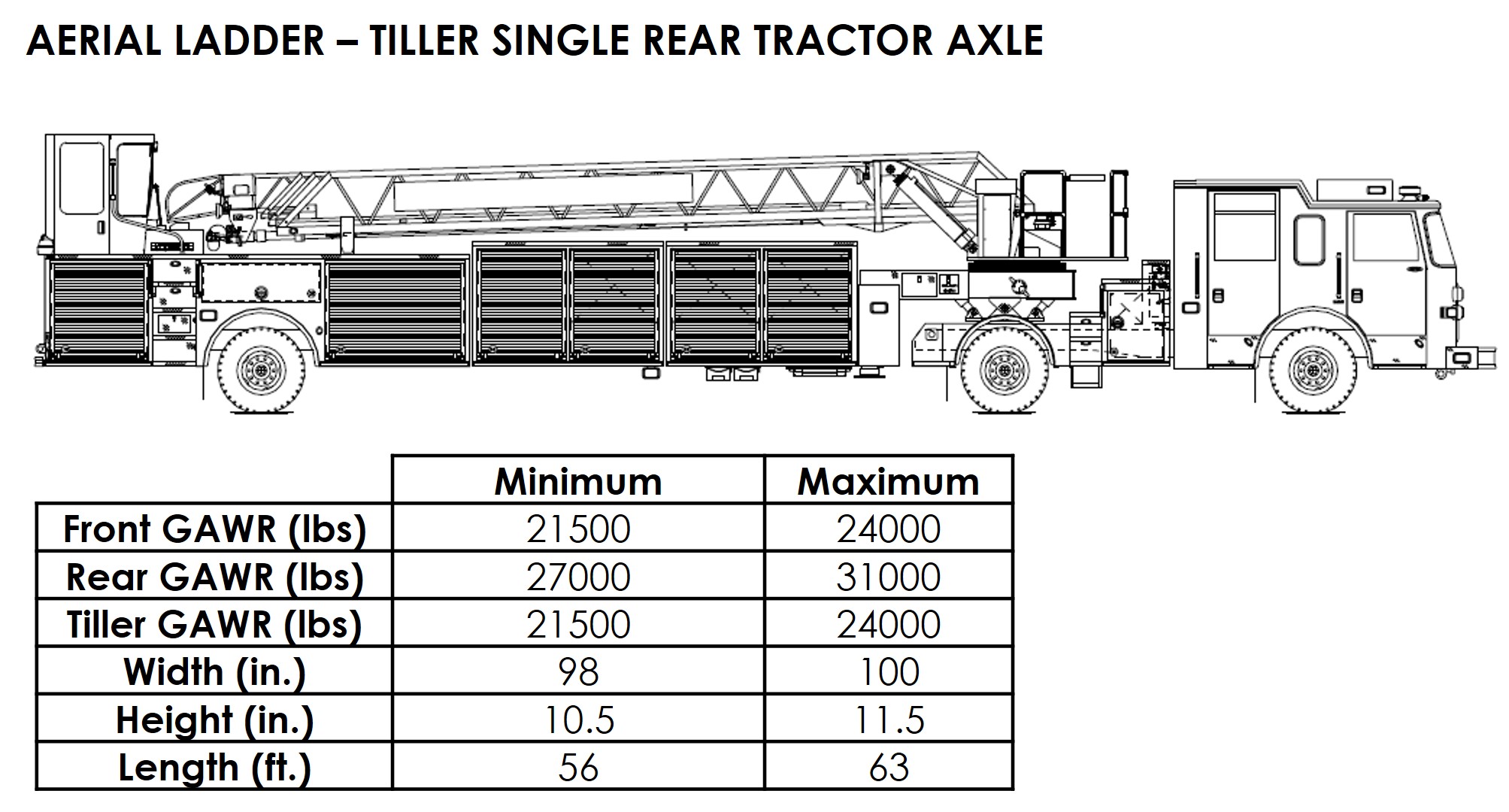
Emergency responders are facing a hidden challenge: increasingly heavy fire trucks. The average weight of a fully equipped fire engine now exceeds safe limits for some infrastructure, raising concerns about bridge collapses and road damage.
This article breaks down the alarming trend of escalating fire truck weights, the dangers they pose, and what steps are being taken to mitigate the risks.
The Heavy Truth: Fire Truck Weight in Numbers
The National Fire Protection Association (NFPA) sets standards for fire apparatus. But the growing demand for more equipment leads to heavier vehicles.
A standard fire engine, fully loaded, can weigh between 40,000 and 60,000 pounds. This figure is an average, with some specialized trucks tipping the scales at significantly more.
Ladder trucks, with their extended reach and complex hydraulics, often weigh between 60,000 and 80,000 pounds or more. These weights include water, hoses, ladders, and the crew.
Why the Weight Matters: Infrastructure at Risk
Many bridges and roadways, particularly in older communities, were not designed to handle such heavy vehicles regularly. The constant pounding can lead to structural fatigue and potential collapse.
A 2019 report by the American Society of Civil Engineers gave America's infrastructure a C- grade. This already strained system is further jeopardized by overweight fire trucks.
The risk isn't limited to bridges. Roads can crack and crumble, increasing maintenance costs and posing hazards to other vehicles.
Who is Affected? The Scope of the Problem
The problem is nationwide, impacting both rural and urban fire departments. Rural areas often have older, weaker bridges, while urban areas face congested roads and aging infrastructure.
Fire departments themselves are at risk. Overweight trucks are harder to maneuver and take longer to stop, increasing the chance of accidents.
Taxpayers bear the burden, facing higher road maintenance costs and potential emergency response delays if bridges become unusable. This affects everyone.
What's Being Done: Mitigation Efforts
Some fire departments are opting for smaller, lighter trucks. However, this often means sacrificing some equipment or capabilities.
Bridge and road inspections are becoming more frequent. These inspections are crucial to identify vulnerabilities before disaster strikes.
Funding for infrastructure upgrades is essential. This includes strengthening existing bridges and building new ones that can handle heavier loads.
How to Stay Safe: Immediate Actions
Local governments must prioritize infrastructure assessments. Identifying and reinforcing weak bridges is paramount.
Fire departments should carefully consider their equipment needs. Optimizing truck configurations can reduce weight without compromising effectiveness.
Public awareness is crucial. Citizens should report any signs of bridge or road damage to local authorities. Safety is a shared responsibility.
Next Steps: The Road Ahead
The NFPA is reviewing its standards to address the weight issue. This may lead to new regulations or guidelines for fire apparatus design.
Researchers are developing lighter, stronger materials for fire truck construction. Innovation is key to solving this challenge.
Continued monitoring of infrastructure and fire truck weights is essential. This problem demands ongoing attention and proactive solutions. The time to act is now.

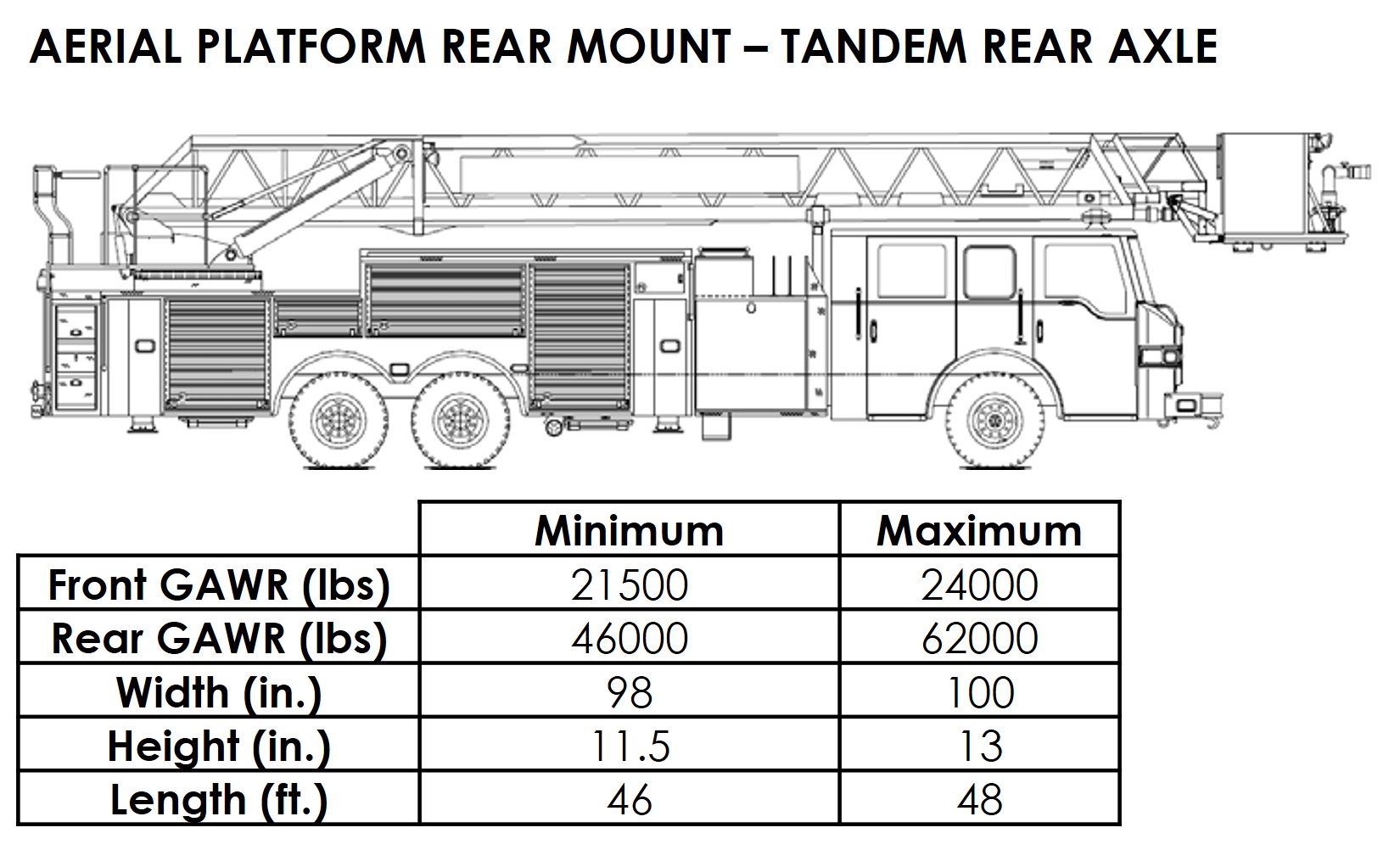
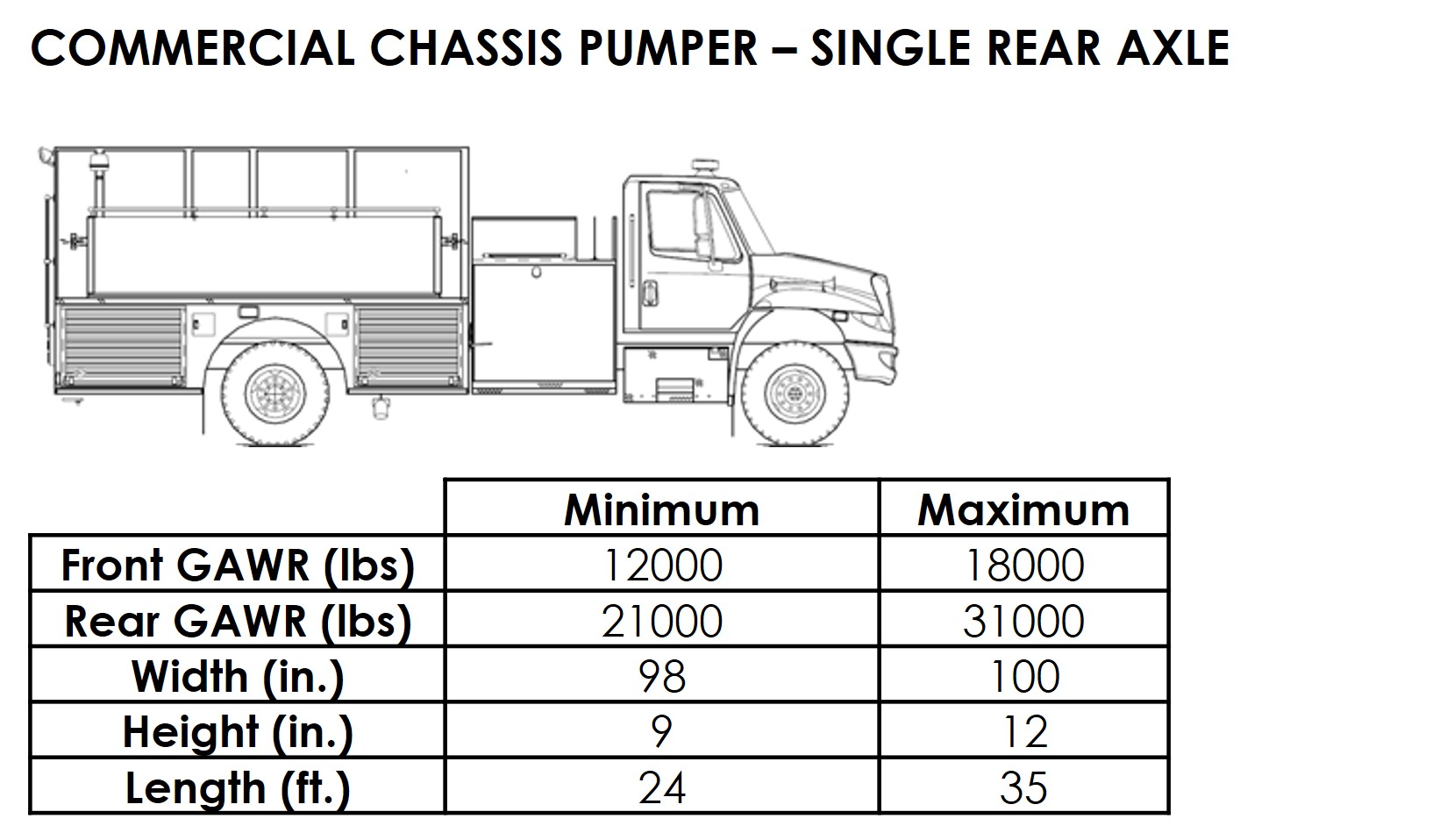

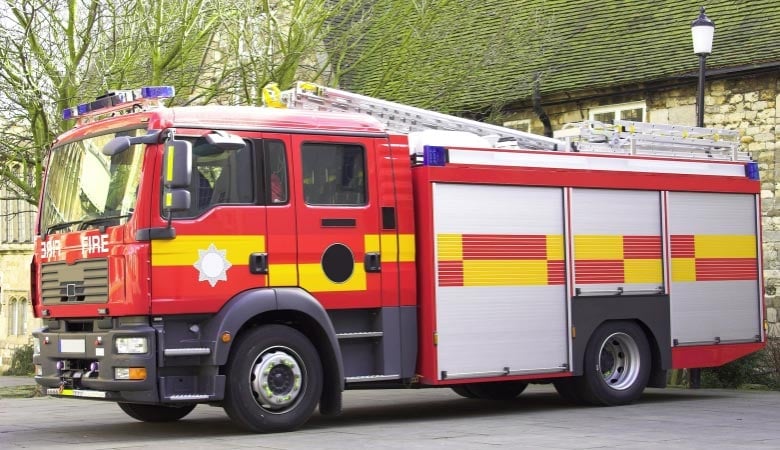
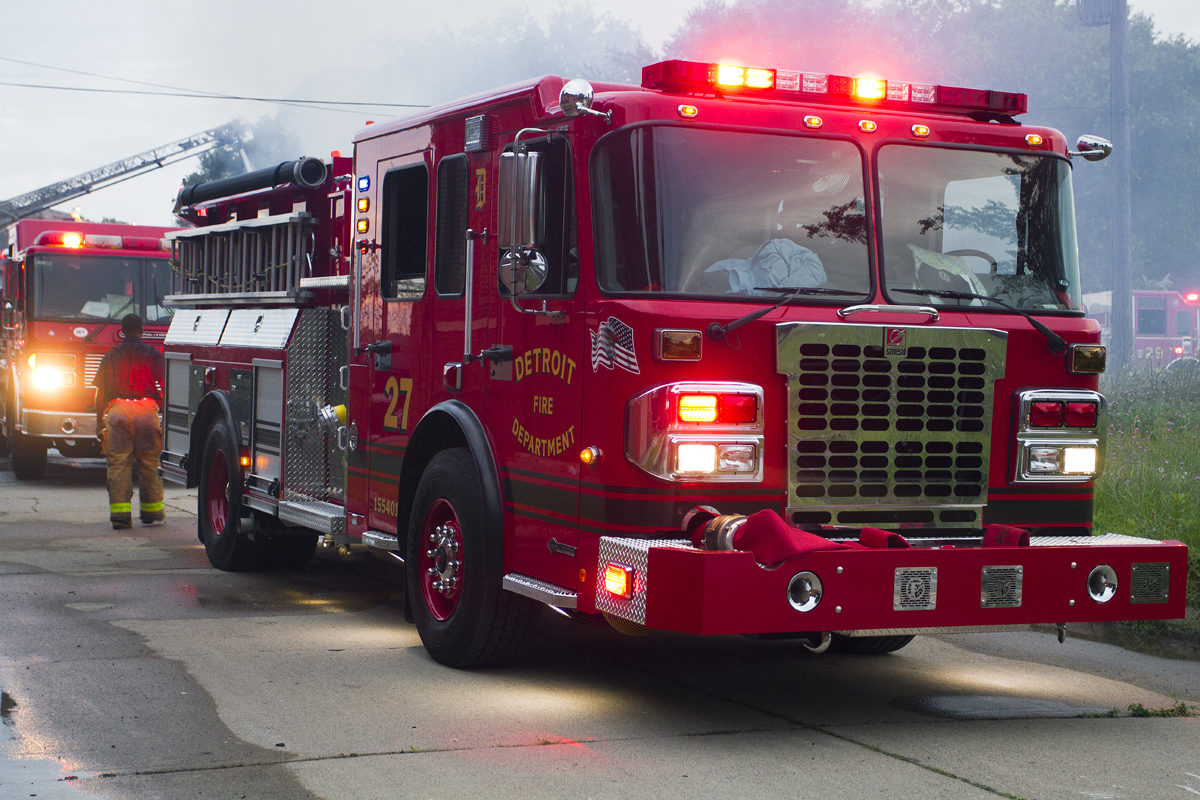


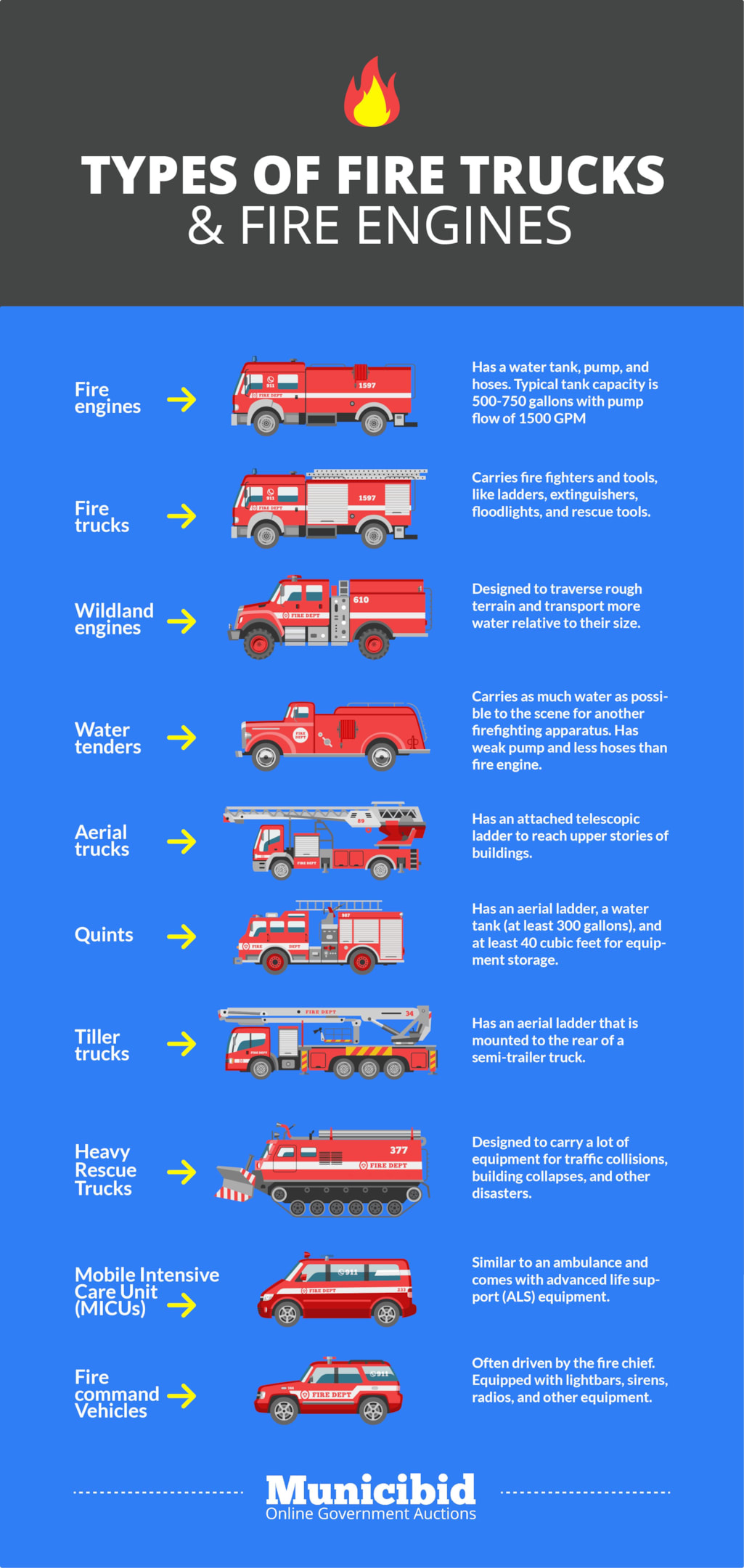

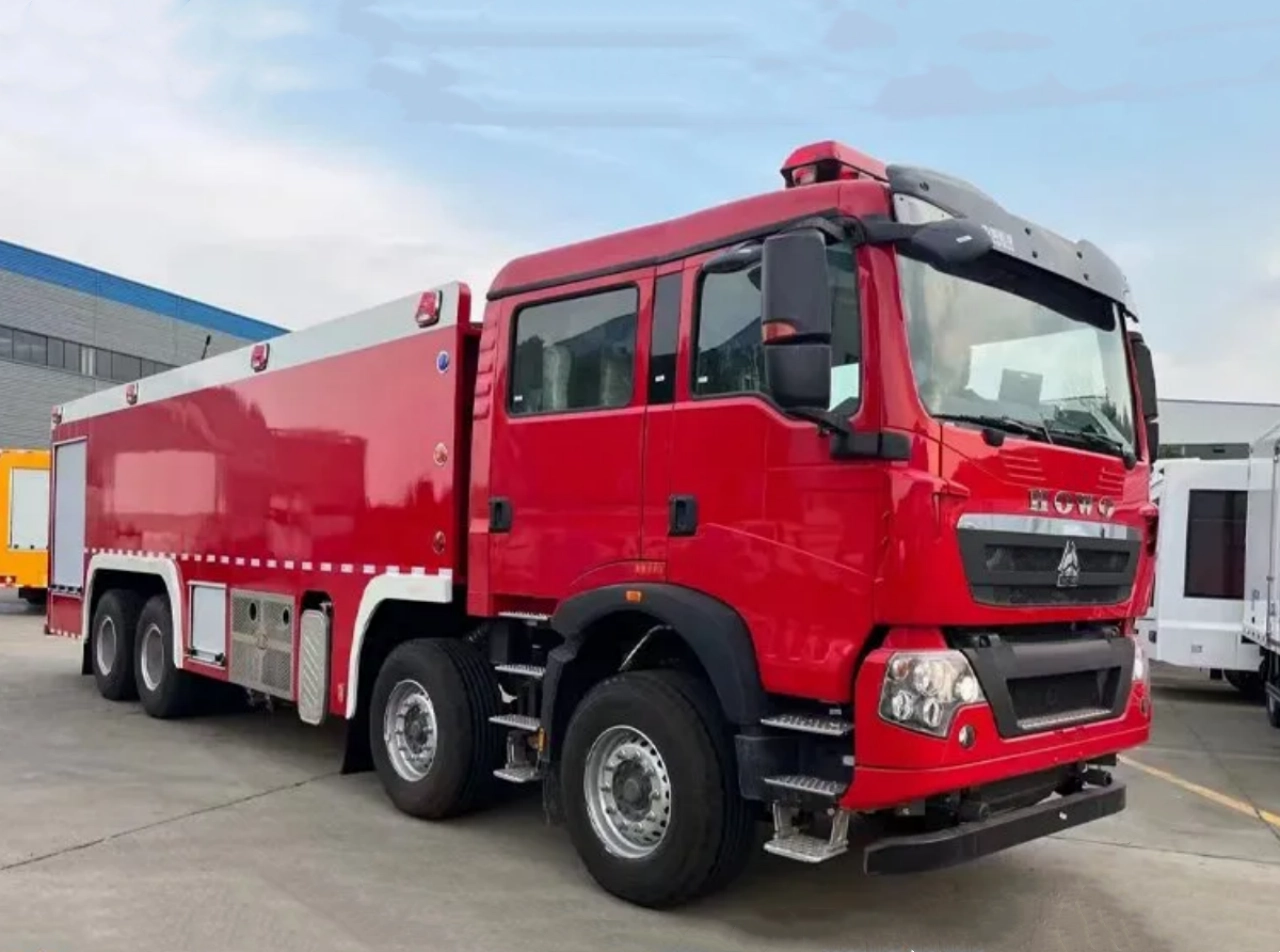
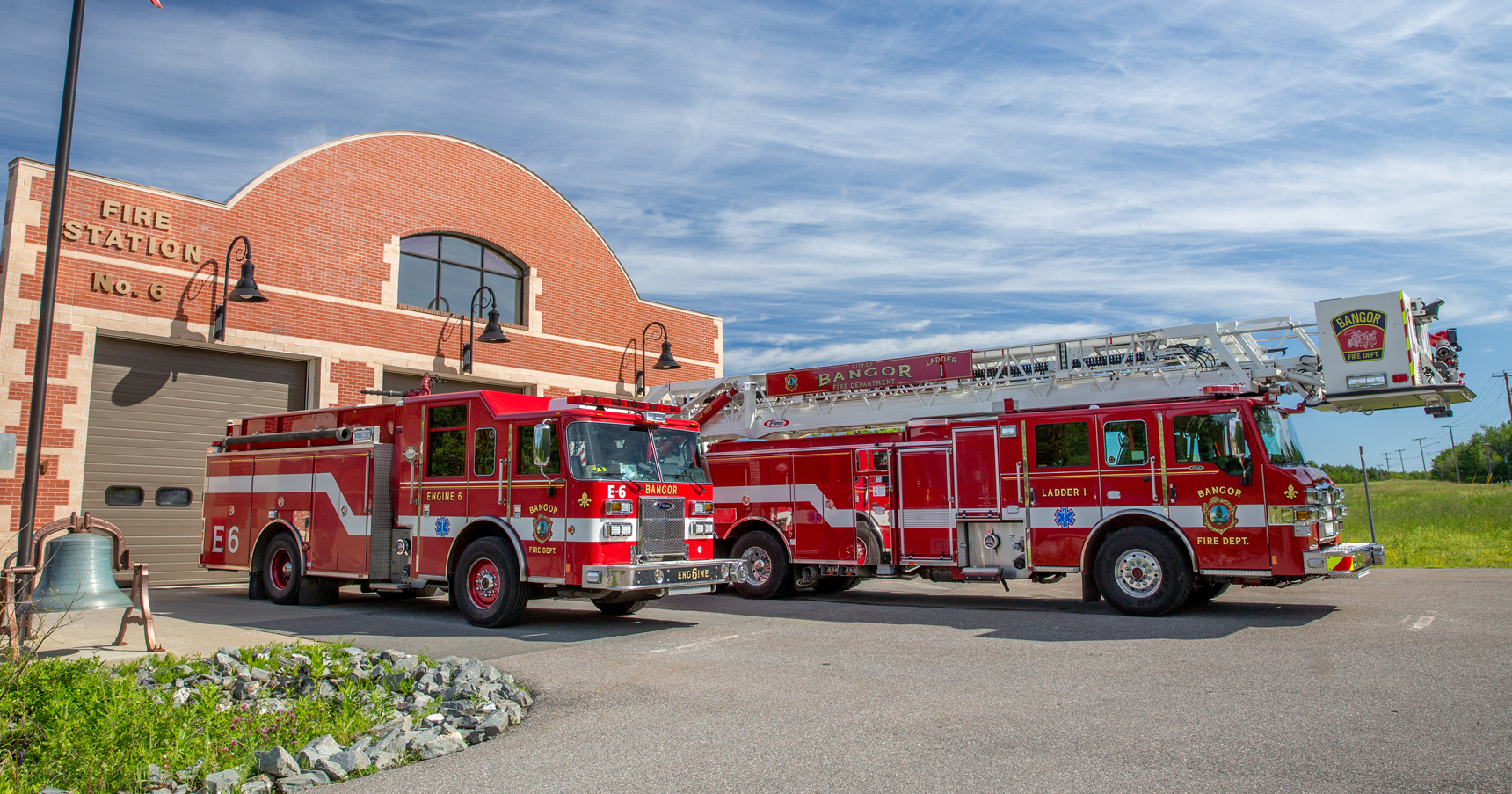
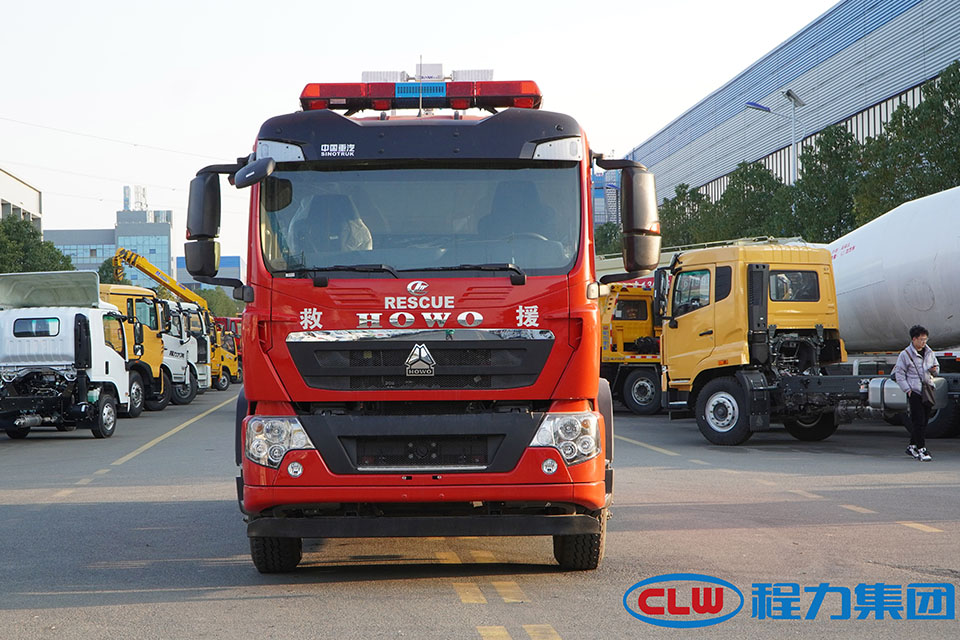
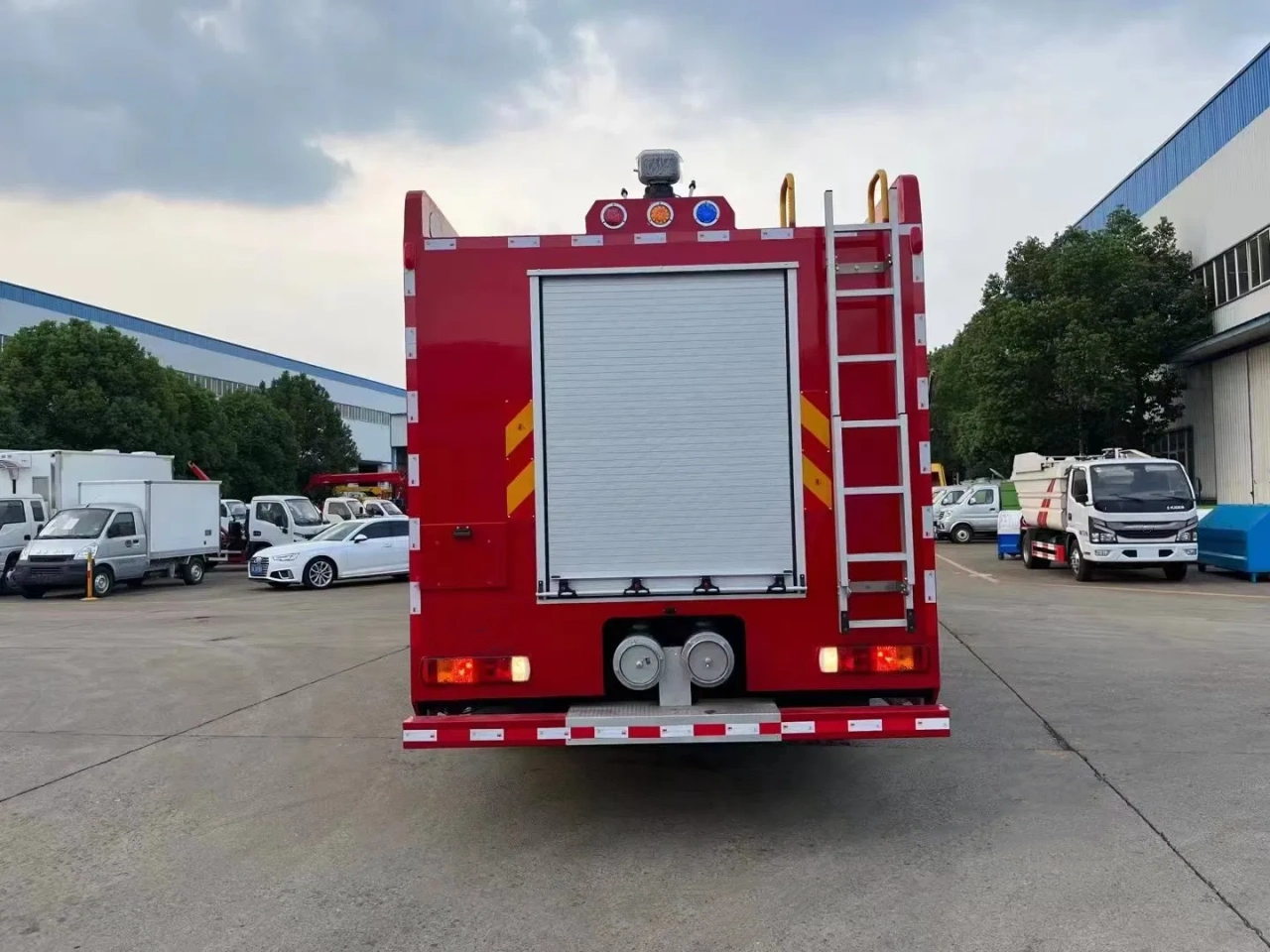

![Average Weight Of A Fire Truck [DIAGRAM] Fire Truck Dimensions Diagram - MYDIAGRAM.ONLINE](https://www.researchgate.net/profile/A_Papagiannakis/publication/279513527/figure/download/fig5/AS:652966600138760@1532690777306/Figure-B1-Allowable-truck-sizes.png)
![Average Weight Of A Fire Truck [DIAGRAM] Fire Truck Dimensions Diagram - MYDIAGRAM.ONLINE](https://www.nzta.govt.nz/assets/resources/roadcode/heavy-vehicle-road-code/gfx/p53-heavy-rigid-dimensions.jpg)

